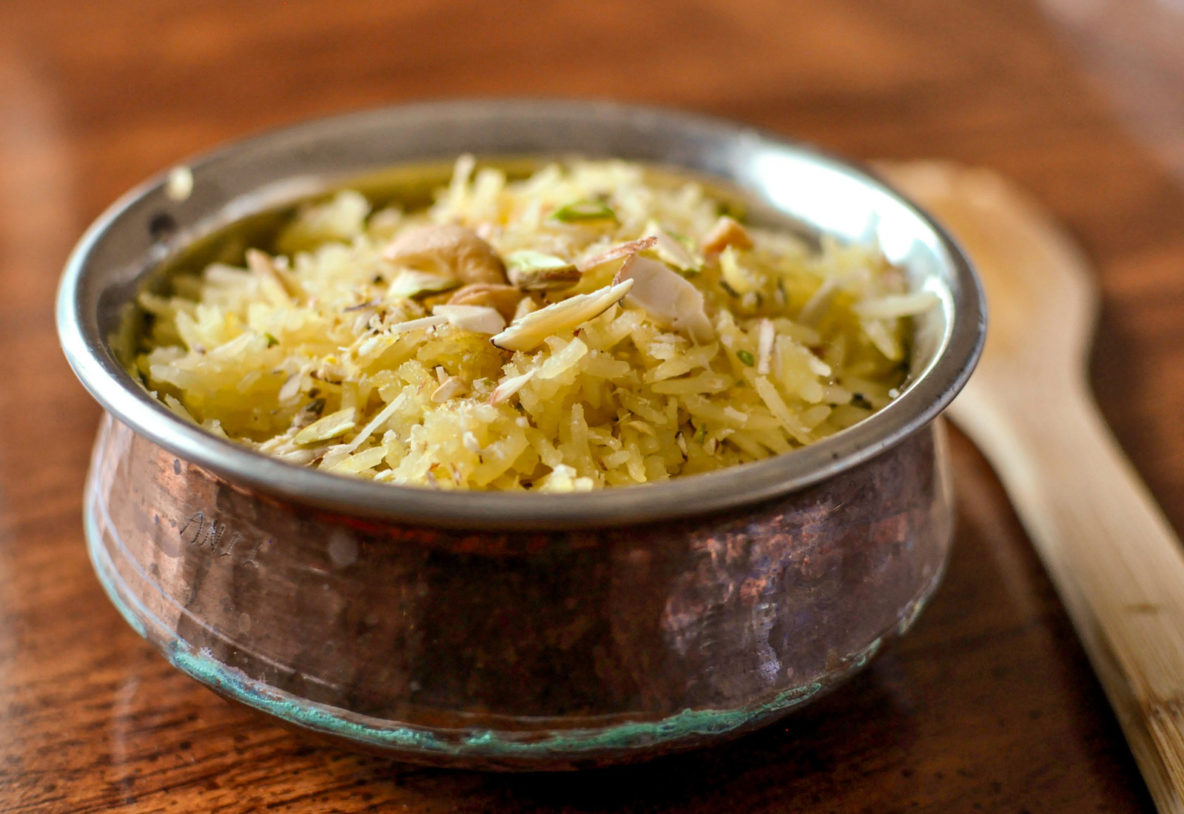I have always found it difficult to explain my family’s syncretic faith traditions to both white Americans and to other South Asians. We are Hindu Sindhis, originating from an area around the Indus River, in what is now modern southeast Pakistan. On our home altar, familiar Hindu idols — Lakshmi, Ganesh, Krishna — share space with images of the 10 Sikh gurus and Jhulelal. Jhulelal, a river deity, is not only the patron saint of Hindu Sindhis, but is also revered by Sufi Muslims. For many, my religion is an outlandish concoction of incompatible faiths. But one thing that brings it all together is our traditional foods.
My grandparents left newly formed Pakistan in 1947, after the Partition of British India, in one of the largest mass migrations in human history. They settled in refugee camps in Gujarat and Uttar Pradesh before migrating to Pune, an Indian city with a large Sindhi diaspora and where my parents were born.
In independent India, my family felt spiritually alienated, because their practices were viewed as not “truly Hindu” by their new neighbors. As communities in exile often do, Sindhi Hindus formed tight-knit, transnational networks, and these practices, as well as language and food, became a vital connection to their roots. To read more POOJA MAKHIJANI, click here.
